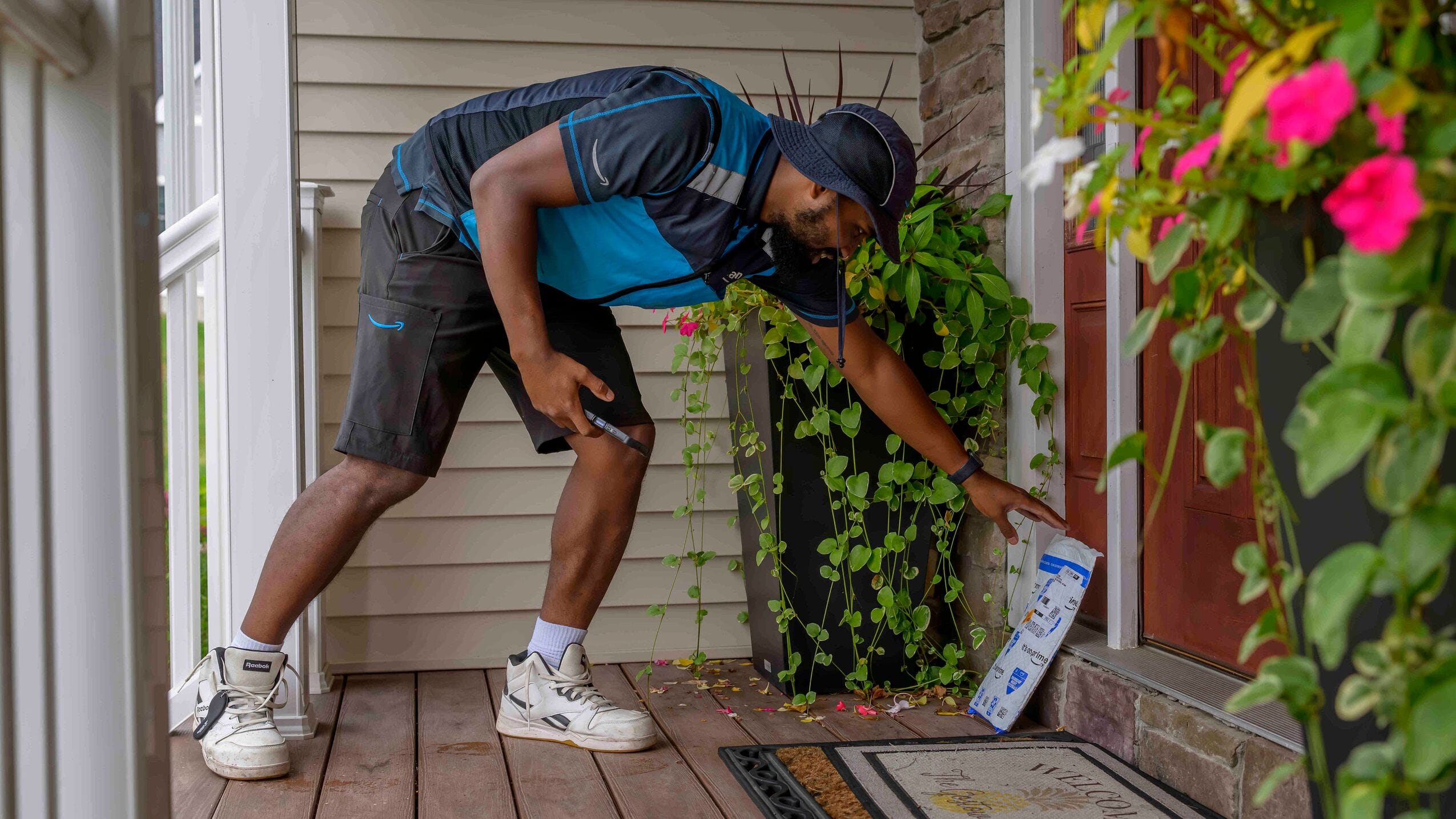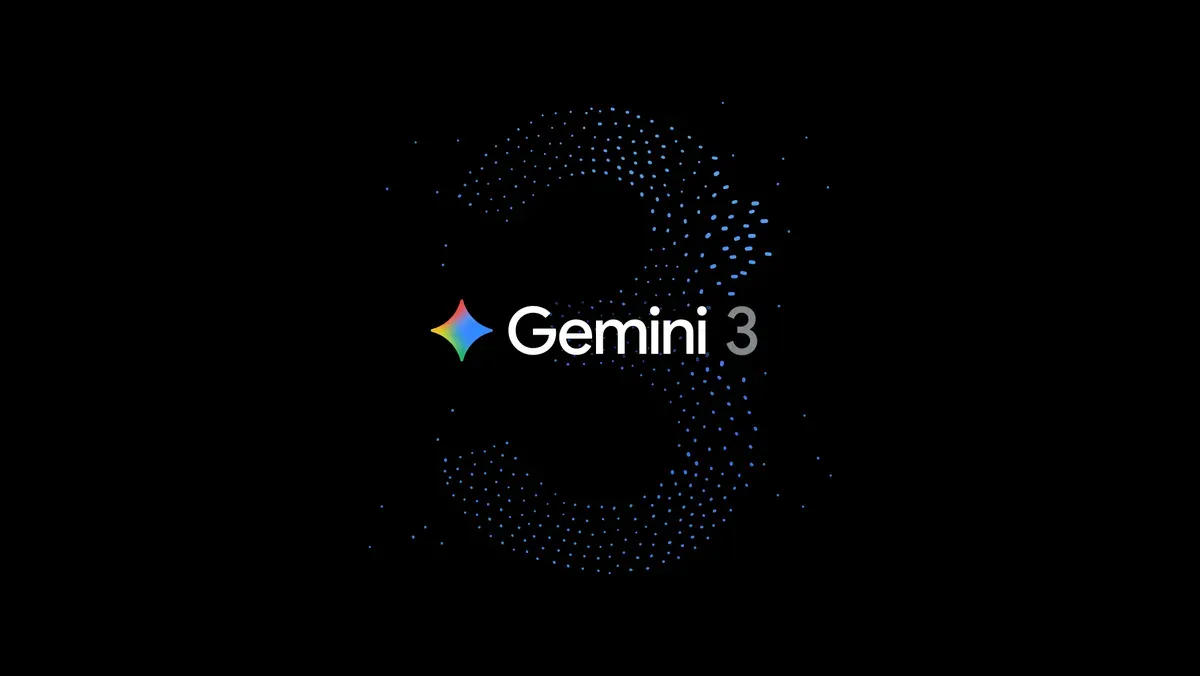Amazon recently announced its plans to deploy 1,000 electric delivery vans equipped with the innovative AI-powered solution Vision-Assisted Package Retrieval (VAPR) to help drivers find the packages they must deliver at each stop on their route faster. The announcement comes after the Amazon Transportation team thoroughly vetted the technology by joining Amazon delivery service partners' drivers. According to early reports, VAPR reduced drivers' perceived mental and physical effort by 67% and shaved off 30 minutes per route.
VAPR leverages computer vision and machine learning to identify packages for drivers before delivery. The system projects a green "O" onto packages for the current stop and a red "X" on others, eliminating the need for manual sorting and label checking. Using visual and sound cues, the system lets the driver know when it has identified the packages that should be delivered at the route stop. The automated process also means drivers no longer have to use a mobile device to identify packages manually.
Bobby Garcia, a driver with Bloomfield Logistics, reports that sorting the packages from a tote bag to organize them for the next few stops took about 2 to 5 minutes. In contrast, with VAPR the whole process takes about a minute, vastly simplifying the job.
The VAPR technology builds on Amazon Robotics Identification (AR-ID)—originally developed for fulfillment centers where it eliminated the need for manual barcode scanning—and leverages AWS technologies like SageMaker and IoT Greengrass. To build VAPR, Amazon trained machine learning models on label and package recognition by exposing the model to varying lighting conditions and packaging features. To incorporate the technology into the in-van environment, VAPR is paired with light projectors and cameras and integrated into the van's delivery route navigation system.
Amazon's VAPR implementation aims to enhance the customer service experience by enabling more accurate deliveries through an easily scalable approach that could be extended to cover Amazon's390,000 DSP drivers worldwide and the more than 100,000 vans in its fleet.





Comments